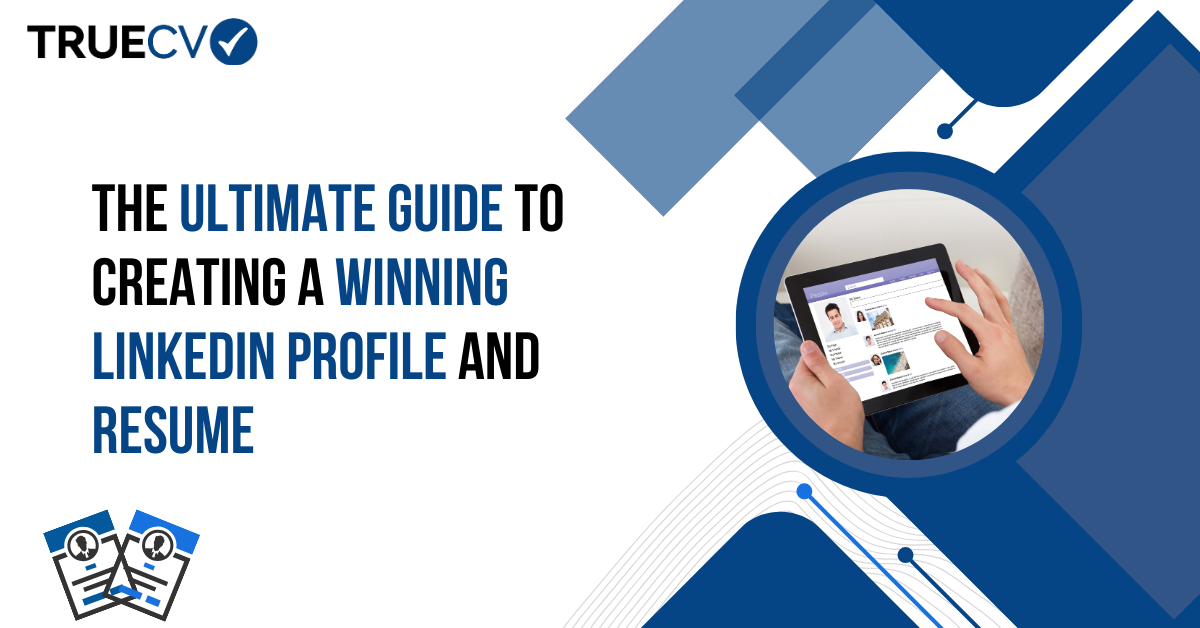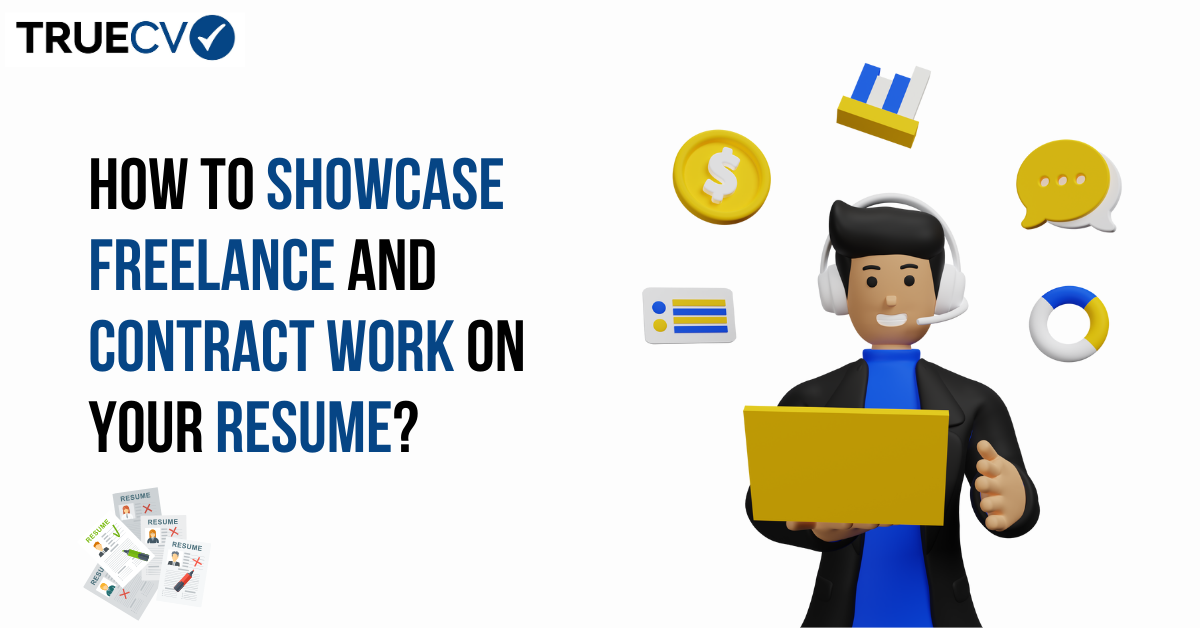
How to Address a Career Gap in Your Resume: Tips and Strategies
Introduction
A career gap can happen for various reasons, such as personal circumstances, further education, or taking a sabbatical. While it may seem challenging to address a career gap in your resume, it is essential to present it in a positive light. This blog will discuss effective strategies for handling a career gap on your resume, emphasizing transparency, transferable skills, and highlighting relevant activities. By following these tips, you can confidently navigate the conversation about your career gap and increase your chances of landing your desired job.
1. Be Transparent and Honest
When addressing a career gap, honesty is key. Be transparent about the reasons for your career break, briefly mentioning it in your resume. Provide a clear and concise explanation, such as personal reasons, family commitments, or pursuing further education. Employers appreciate honesty and appreciate candidates who can confidently explain their career paths.
2. Highlight Relevant Activities
Even if you were not formally employed during your career gap, you may have engaged in activities that are relevant to the position you're applying for. Include any freelance work, volunteering, consulting projects, or professional development courses you undertook during this time. Highlight the skills and experiences gained from these activities, demonstrating your continuous growth and engagement in your field.
3. Emphasize Transferable Skills
While you may not have been working in a traditional job, you likely acquired valuable skills during your career gap. Focus on these transferable skills and showcase them in your resume. For example, if you were a stay-at-home parent, you may have developed exceptional multitasking, organizational, and communication skills. Highlight these skills and their relevance to the position you're applying for, demonstrating how they make you a strong candidate.
4. Consider a Functional Resume Format
If your career gap is significant, consider using a functional resume format instead of the traditional chronological one. A functional resume highlights your skills, achievements, and qualifications, rather than focusing on the timeline of your work history. This format allows you to draw attention to your capabilities and experiences, enabling recruiters to see your value beyond the gap in employment.
5. Address the Gap in Your Cover Letter
While your resume should provide a concise explanation of your career gap, you can delve into more detail in your cover letter. Use this opportunity to explain the reasons behind your career break and showcase how you utilized that time to develop yourself personally or professionally. Emphasize any relevant experiences, skills gained, or personal growth achieved during the gap, demonstrating your commitment to continuous learning and improvement.
Conclusion
Addressing a career gap in your resume is all about presenting yourself in a positive and confident manner. By being transparent, highlighting relevant activities and transferable skills, and considering alternative resume formats, you can effectively navigate the conversation about your career gap. Remember to address the gap in your cover letter and showcase your enthusiasm and readiness to contribute to the organization.





